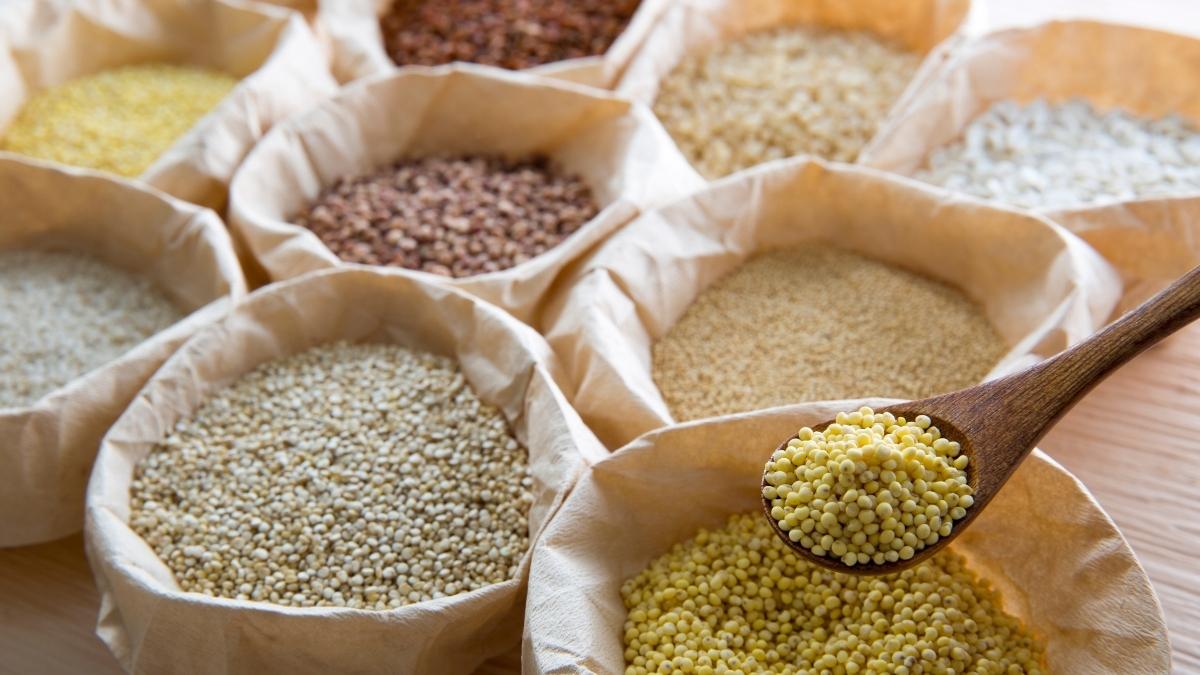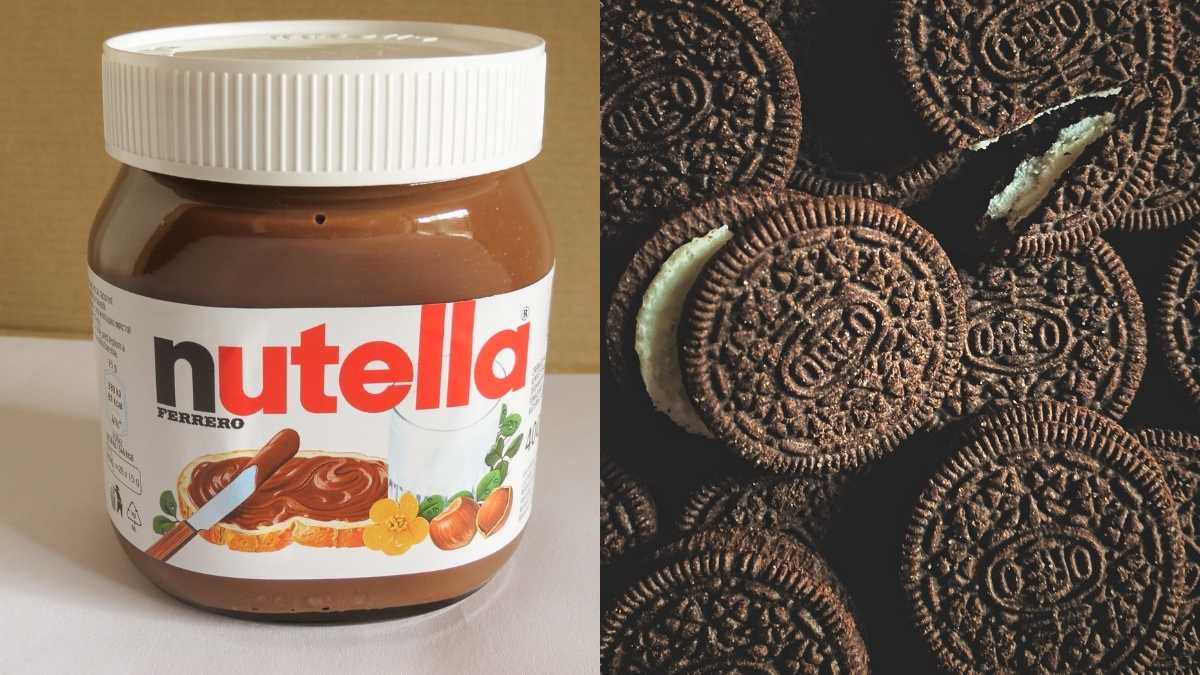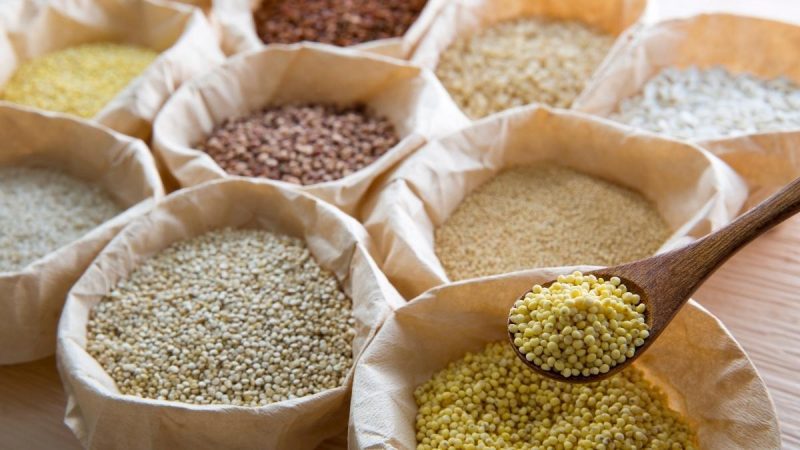Doomscroll through social media and you will find endless content about someone or the other discussing including millets in your diet. While it is shining bright under the newfound spotlight of recent years, they are one of the oldest cultivated grains known to mankind. Dating back more than 7,000 years, they have been native to Asia and Africa. Many Indian state governments are setting aside funds for their revival and cultivation. India is actually one of the highest producers of millets worldwide. Deemed to be super-healthy, they are loaded with nutrients good for your cardiovascular health and for weight control.
From First Crops To Future Crops: What Are Millets?
In a 2019 Guidance note by FSSAI, millets are described as a ‘group of small-grained cereal food crops which are highly tolerant of drought and other extreme weather conditions and are grown with low chemical inputs such as fertilizers and pesticides. Most of these crops are native to India and are popularly known as nutri-cereals as they provide most of the nutrients required for normal functioning of [the] human body.’ [sic]
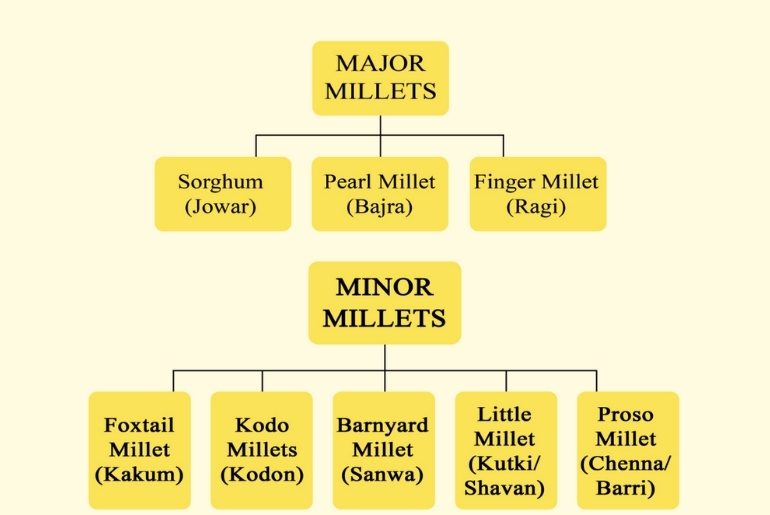
Image Courtesy: FSSAI
They are further classified into Major Millets and Minor Millets based on the grain size. High in nutrition and dietary fibre, each type boasts micronutrients and phytochemicals that humans need.
Benefits of Millets for Cardiovascular Health and in Weight Control
Ajay Kangralkar, Founder, SkyRoots Venture LLP, highlights the benefits of millets. He deems them a sustainable and smart choice for those of us wanting to positively improve heart health while maintaining a healthy weight, and that too, without going for fad diets and medication or severe lifestyle changes.
- It naturally regulates blood pressure
Being naturally rich in minerals, including magnesium and potassium, which are known to help relax our blood vessels, eating millets consistently leads to improved blood circulation that, by itself, eases managing hypertension..
- Rich in antioxidants, they subdue free radicals
They are rich in compounds like polyphenols and antioxidants, and consuming them regularly lowers inflammation and oxidative stress, both of which are key to reducing heart diseases.
- Helps manage and reduce body weight
Being high in fibre, consuming even small quantities gives the feeling of satiety as compared to other grains that aren’t fibre-rich. While making us feel full for longer, they help us stay away from uncontrolled snacking and overeating.
- Helps prevent lifestyle diseases
Consuming millet regularly helps prevent or manage metabolic disorders, obesity and Type II diabetes.
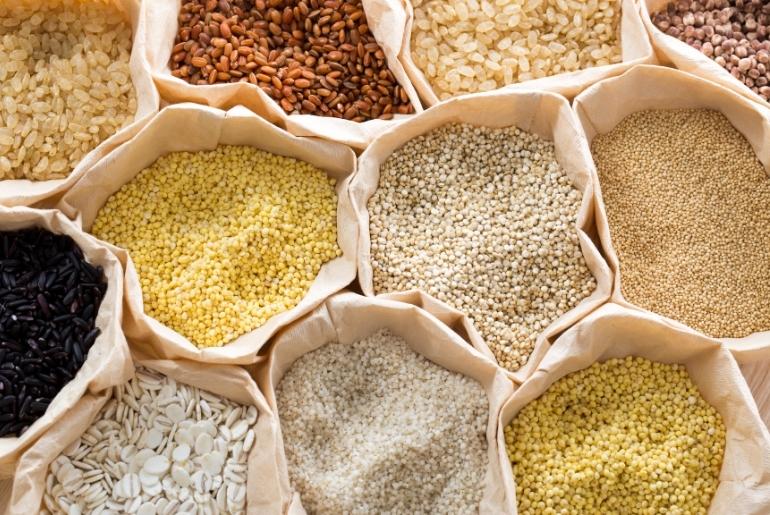
- Controls blood sugar levels
They have a low glycemic index while being fibre-rich, inducing a slow and controlled release of energy that prevents sudden spikes and crashes in one’s blood sugar levels.
- Low in calories but big on nutrients
While being low on the glycemic index, they are high in essential nutrients, including iron, vitamins B and protein. Regular quantities bring the body the right dose of necessary nutrients while keeping calories in check.
- Better gut health and metabolism
Both gut health and metabolism depend on dietary fibres. The higher the fibre content, the better the gut health and metabolism. Millets’ prebiotic fibre helps with both.
- Improves cholesterol profile
Consuming millet in the right quantity at regular intervals helps lower LDL (bad cholesterol) while conversely raising HDL (good cholesterol), which collectively brings better cardiovascular health.
- A gluten-free grain
Naturally gluten-free, millets are ideal for those with gluten intolerance or celiac disease. That, and their being wholesome in other ways, including fibres is way better than wheat or even rice-based eats.
Ways To Include Millets In Your Diet
Start with things as simple as millet porridge for breakfast, leading to swapping rice-based ready mixes for millet-based ready mixes. One can also go for millet-based rotis, idlis, dosa mixes and khichdi. The best part is that millets blend into both traditional and modern recipes.
If you are looking for recipes to incorporate millets in your diet, then we, at Curly Tales, have you covered.
Here’s How To Make Millet Khichdi At Home
Want To Make Vegan Millet Salad At Home? Recipe
Recipe: The Perfect Millet Biryani Recipe For A Hearty And Nutrient-Rich Meal
So, which millet is a staple in your diet? Let us know in the comments section below.
Cover Image Courtesy: Canva Pro/ kazoka30
For more such snackable content, interesting discoveries and the latest updates on food, travel and experiences in your city, download the Curly Tales App. Download HERE. First Published: July 04, 2025 4:11 PM

